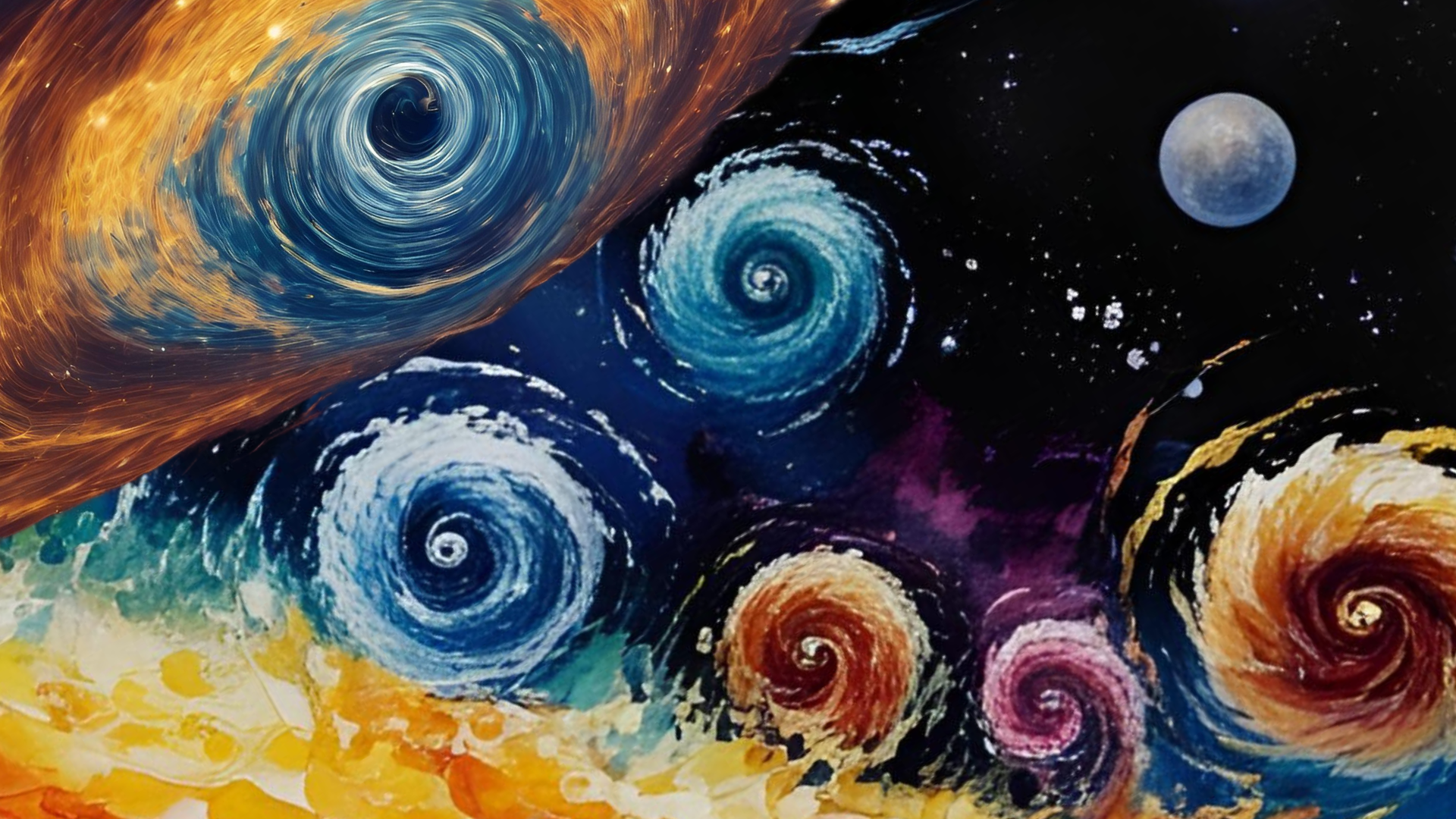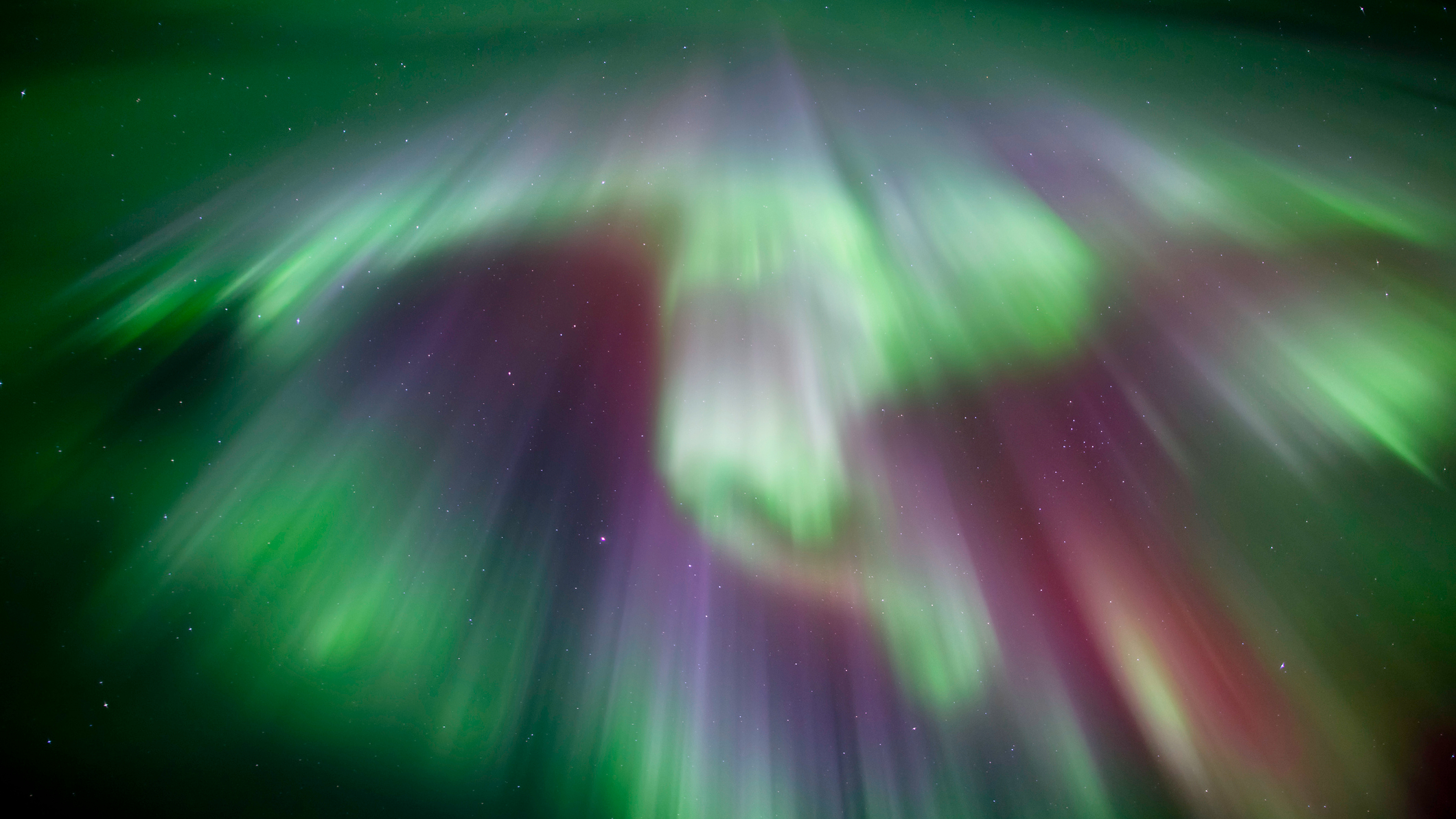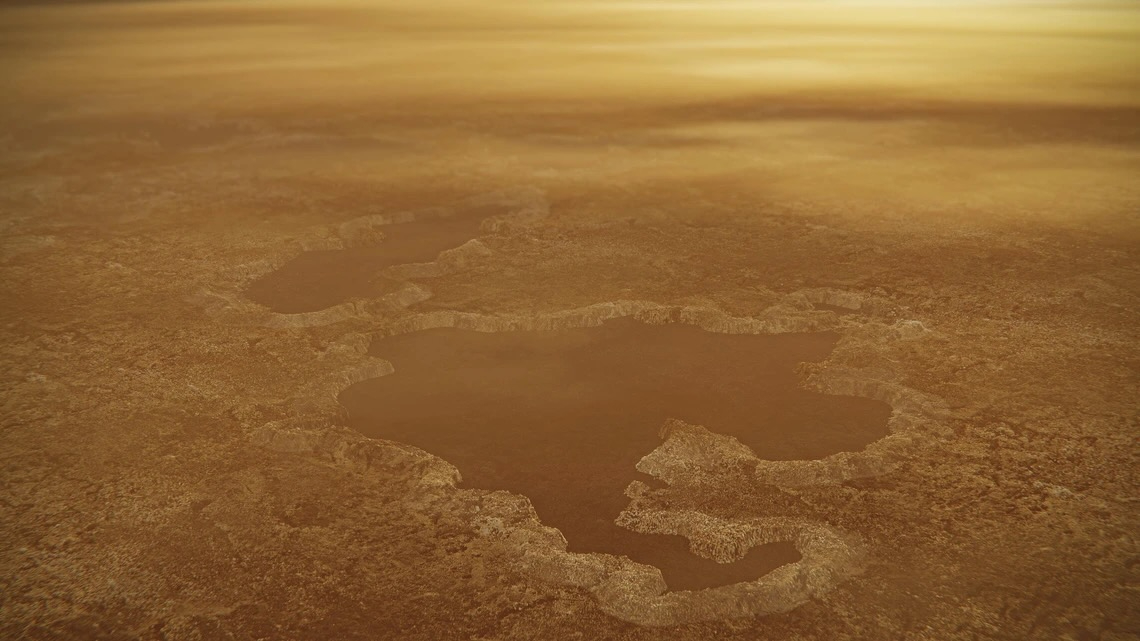Scientists find extremely young exoplanet orbiting star with a wonky disk
Its star also has a wonky planetary disk.

To date, over 5,500 exoplanets — planets that orbit stars other than the sun — have been discovered, and a large portion of those alien worlds have been observed via something called "the transit method."
It refers to when an exoplanet passes, or transits, in between its home star and Earth's line of sight to that star. For us back here on Earth, when this happens, the star's brightness momentarily dips, indicating to us that something is obstructing our view — and that "something" is almost always a planet.
The transit method has introduced us to a number of far off worlds, however, none have been as young as the planet IRAS 04125+2902 b. Based on previous observations with NASA's Transiting Exoplanet Survey Satellite (TESS), astronomers recently concluded that this planet orbits a star that is only 3 million years old, making it the youngest planet to ever be discovered with this method. "To our knowledge, this makes IRAS 04125+2902 b the youngest transiting planet discovered so far by a factor of about three," the authors said in the brand new paper.
Before the discovery of IRAS 04125+2902 b, researchers had identified a number of relatively young worlds with the transit method, with most sitting around the 10-million- to 40-million-year-old mark. Still, they hadn't found any younger ones that seem to transit. Why? Well, astronomers had suspected that it may take longer for planets to fully form, or possibly that the protoplanetary disk or gas and dust — out of which planets form —- could be cloaking any planets that might reside in such a young stellar system.
The planet's home star, IRAS 04125+2902, sits just over 520 light-years from Earth, making it quite close in galactic terms. If the universe were a cosmic city, we're definitely in the same neighborhood as this star. The star is also home to a protoplanetary disk, indicating its young age.
Oddly enough, the outer part of the star's protoplanetary disk is misaligned to the orbital plane of the star, and appears face on, as opposed to side on. The disk is also depleted of materials in the innermost regions (likely due to planetary formation), and the combination of these factors made it easier for astronomers to catch a glimpse of IRAS 04125+2902 b.
The planet itself was observed to have an orbital period of 8.83 Earth days, a radius 10.7 times larger than Earth, and has a mass 30% that of Jupiter.
Get the Space.com Newsletter
Breaking space news, the latest updates on rocket launches, skywatching events and more!
One reason astronomers are particularly excited about the discovery is that it has given them an unprecedented window into the formation of planets during this early period in a star's lifetime. Given that the world isn't too far away, and has a rare protoplanetary disk configuration, this world may give us valuable insights into our own cosmic origins, shedding light on how planets emerge from the chaos of early stellar systems.
The study was published on Nov. 20 in the journal Nature.
Join our Space Forums to keep talking space on the latest missions, night sky and more! And if you have a news tip, correction or comment, let us know at: community@space.com.

Conor Feehly is a New Zealand-based science writer. He has earned a master's in science communication from the University of Otago, Dunedin. His writing has appeared in Cosmos Magazine, Discover Magazine and ScienceAlert. His writing largely covers topics relating to neuroscience and psychology, although he also enjoys writing about a number of scientific subjects ranging from astrophysics to archaeology.
-
rod IRAS 04125+2902 b, interesting report and TESS observations. I did not see this listed in the 570 TESS confirmed yet. https://exoplanetarchive.ipac.caltech.edu/index.htmlReply
However, some basic descriptive stats for these 570 exoplanets can be done quickly.
Average period is 14.65 days, min 0.238 days, max 482.82 days. Average radius 5.94 earth radii. Most of the 570 are packed in close orbits, a min =0.00622 AU, a max = 1.152 AU. They are all fairly large exoplanets like IRAS 04125+2902 b is reported in this article, "The planet itself was observed to have an orbital period of 8.83 Earth days, a radius 10.7 times larger than Earth, and has a mass 30% that of Jupiter."
Still waiting to see which exoplanet has life on it and ET phoning home :) -
rod The Paris site updated their database for this new TESS exoplanet. Stats here:Reply
https://exoplanet.eu/catalog/iras_04125_2902_b--10811/









